|
ATTENTION : Service interruption on Monday 11 July from 12:30 to 13:00
all the CCSD's websites (Sciencesconf, HAL, Episciences, AureHAL) will be inaccessible (network hardware connection). |
|
Plenary TalksPetar Popovski (Professor at Aalborg U., Danemark) Day: Monday November 19th
Hour: 8h45-10h30
Wireless Access in Ultra-Reliable Low-Latency Communication (URLLC)  Abstract: The future connectivity landscape and, notably, the 5G wireless systems will feature Ultra-Reliable Low Latency Communication (URLLC). The coupling of high reliability and low latency requirements in URLLC use cases makes the wireless access design very challenging, in terms of both the protocol design and of the associated transmission techniques. This lecture aims to provide a broad perspective on the fundamental tradeoffs in URLLC as well as the principles used in building access protocols. The lecture will also touch upon the important question of the proper statistical methodology for designing and assessing extremely high reliability levels. Abstract: The future connectivity landscape and, notably, the 5G wireless systems will feature Ultra-Reliable Low Latency Communication (URLLC). The coupling of high reliability and low latency requirements in URLLC use cases makes the wireless access design very challenging, in terms of both the protocol design and of the associated transmission techniques. This lecture aims to provide a broad perspective on the fundamental tradeoffs in URLLC as well as the principles used in building access protocols. The lecture will also touch upon the important question of the proper statistical methodology for designing and assessing extremely high reliability levels.Chiara Buratti (Professor at U. of Bologna, Italy) Day: Monday November 19th
Hour: 11h00-12h45
Wireless Technologies for the Internet of Things 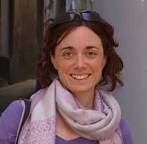 Abstract: The talk deals with an overview of some wireless solutions for the IoT, addressing both, short-range and long-range communication technologies. As for the short-range case, both distributed and centralized solutions, will be considered, referring to the IEEE 802.15.4/Zigbee standard in the first case and to the IEEE 802.15.4e/6TiSCH for the centralised case, for which some joint scheduling and routing algorithms will be presented. Also the case of Software-Defined Networking approaches for the centralised case will be discussed and compared to distributed solutions. For what concerns the long-range technologies for IoT, the talk will focus on LoRa and LoRaWAN protocol. The above technologies and solutions will be briefly described in the talk and examples of application of these technologies to some real scenarios, mainly referring to smart city applications, will be given. Abstract: The talk deals with an overview of some wireless solutions for the IoT, addressing both, short-range and long-range communication technologies. As for the short-range case, both distributed and centralized solutions, will be considered, referring to the IEEE 802.15.4/Zigbee standard in the first case and to the IEEE 802.15.4e/6TiSCH for the centralised case, for which some joint scheduling and routing algorithms will be presented. Also the case of Software-Defined Networking approaches for the centralised case will be discussed and compared to distributed solutions. For what concerns the long-range technologies for IoT, the talk will focus on LoRa and LoRaWAN protocol. The above technologies and solutions will be briefly described in the talk and examples of application of these technologies to some real scenarios, mainly referring to smart city applications, will be given.Philippe MARY (Professor at INSA Rennes, France) & Jean-Marie Gorce (Professor at Université de Lyon, INSA Lyon) Day: Tuesday November 20th
Hour: 8h45-10h30
Information Theory in the Finite BlockLength Regime Applied to IoT 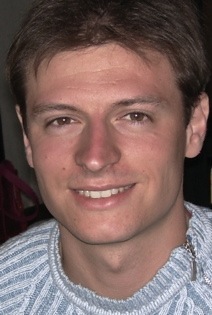 Abstract: Since the seminal work of Claude E. Shannon in 1948, « A mathematical theory of communication », the technological development of wireless networks moved from a pure empirical phase to solid mathematically-proven background. Indeed, the Shannon’s famous « log-formula » stating the maximal rate at which a source can communicate with a destination reliably, i.e. with an arbitrary small error probability, in additive white Gaussian noise channel, has driven the radio access network dimensioning during the last 60 years. The methodology is still valid for 5G arrival, at least for the mobile broadband network which still requires high data rate with large amount of data to transmit. However, new services and network usage emerge with Internet of Things (IoT), where a very high number of nodes transmit few bytes from time to time. In order to support the development of this kind of network, it would be useful if engineers and scientists would have some theoretical framework assessing the fundamental achievable performance of this kind of communications in which they may compare their solutions. In this course, we first show the impact of working with short packets on the fundamental performance criteria, such as energy-efficiency and spectral efficiency in a peer-to-peer scenario. In a second time, the theoretical tools of information and detection theories needed to prove fundamental achievable results and converse will be introduced and explained. The cases of multi-user scenarios, multiple access and broadcast channels (MAC/BC) will be introduced and their specific characteristics in finite block length regime studied. Finally, a new model dealing with a very large number of users in a cell, called spatial continuum model, will be presented. Its effectiveness to prove fundamental bounds will be shown, firstly in asymptotic regime, i.e. when the packet length is infinite, and also when time constraint is taken into account, i.e. finite block length regime. Abstract: Since the seminal work of Claude E. Shannon in 1948, « A mathematical theory of communication », the technological development of wireless networks moved from a pure empirical phase to solid mathematically-proven background. Indeed, the Shannon’s famous « log-formula » stating the maximal rate at which a source can communicate with a destination reliably, i.e. with an arbitrary small error probability, in additive white Gaussian noise channel, has driven the radio access network dimensioning during the last 60 years. The methodology is still valid for 5G arrival, at least for the mobile broadband network which still requires high data rate with large amount of data to transmit. However, new services and network usage emerge with Internet of Things (IoT), where a very high number of nodes transmit few bytes from time to time. In order to support the development of this kind of network, it would be useful if engineers and scientists would have some theoretical framework assessing the fundamental achievable performance of this kind of communications in which they may compare their solutions. In this course, we first show the impact of working with short packets on the fundamental performance criteria, such as energy-efficiency and spectral efficiency in a peer-to-peer scenario. In a second time, the theoretical tools of information and detection theories needed to prove fundamental achievable results and converse will be introduced and explained. The cases of multi-user scenarios, multiple access and broadcast channels (MAC/BC) will be introduced and their specific characteristics in finite block length regime studied. Finally, a new model dealing with a very large number of users in a cell, called spatial continuum model, will be presented. Its effectiveness to prove fundamental bounds will be shown, firstly in asymptotic regime, i.e. when the packet length is infinite, and also when time constraint is taken into account, i.e. finite block length regime.Walid Bechkit (Professor at Université de Lyon, INSA Lyon, France) Day: Tuesday November 20th
Hour: 11h00-12h45
Low cost Wireless Sensor Networks for Air Quality Monitoring 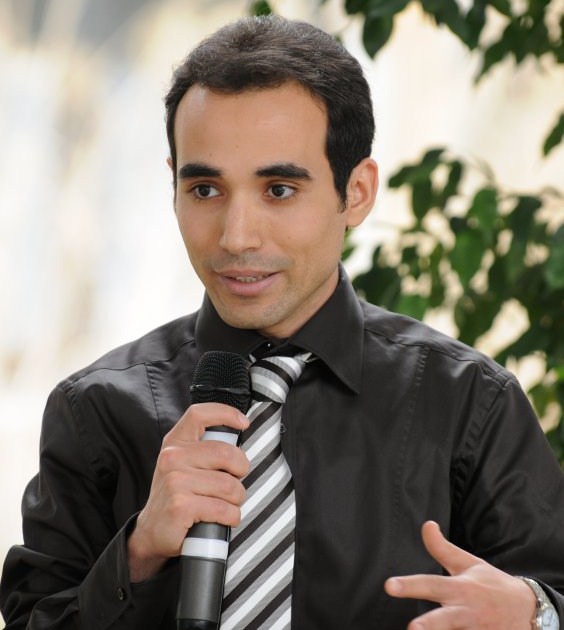 Abstract: The harmful effects of air pollution on human health have been widely established in several studies. The first step to reduce the effects of this phenomenon is to ensure an effective fine-grained monitoring of the harmful pollutants so that we could develop efficient targeted countermeasures. Today, knowledge about concentrations of pollutants is obtained by combining physical models, which simulate the phenomenon of air pollution dispersion and accurate measurements taken by conventional measuring stations equipped with high quality sensing technologies. However, those stations are massive and expensive to be deployed at the scale of the neighborhood, which makes it very difficult to measure the air quality with a high spatial granularity. The emergence of low cost air quality sensors, less precise but at a more reasonable cost, would change the air quality monitoring paradigm. The wireless interconnection of these sensors, forming autonomous low cost Wireless Sensor Networks (WSN), provides many advantages compared to traditional monitoring solutions. Indeed, using a WSN infrastructure for air pollution monitoring allows us to obtain a finer spatiotemporal granularity of measurements, while offering lighter installation and operational costs. Abstract: The harmful effects of air pollution on human health have been widely established in several studies. The first step to reduce the effects of this phenomenon is to ensure an effective fine-grained monitoring of the harmful pollutants so that we could develop efficient targeted countermeasures. Today, knowledge about concentrations of pollutants is obtained by combining physical models, which simulate the phenomenon of air pollution dispersion and accurate measurements taken by conventional measuring stations equipped with high quality sensing technologies. However, those stations are massive and expensive to be deployed at the scale of the neighborhood, which makes it very difficult to measure the air quality with a high spatial granularity. The emergence of low cost air quality sensors, less precise but at a more reasonable cost, would change the air quality monitoring paradigm. The wireless interconnection of these sensors, forming autonomous low cost Wireless Sensor Networks (WSN), provides many advantages compared to traditional monitoring solutions. Indeed, using a WSN infrastructure for air pollution monitoring allows us to obtain a finer spatiotemporal granularity of measurements, while offering lighter installation and operational costs.In this talk, we will first present the context and the challenges of using low cost WSN for air quality monitoring. We will then investigate the problems of WSN deployment and scheduling while considering the specific characteristics of the air pollution phenomenon. In this context, we will present new efficient optimal models that minimize the deployment cost (resp. air quality mapping error) while ensuring a bounded air quality mapping error (resp. deployment cost) and a connected network. We will discuss the performances of our models and presents insights for effective air quality WSN deployment. After that, we will address some practical issues and present the energy efficient air pollution WSN platform that we designed. The designed nodes measure the nitrogen dioxide (NO2) pollutant in addition to temperature and humidity and transmit data using LoRa to a gateway, which communicates data to our servers using 4G. This platform is currently deployed in the downtown of the Lyon city. The design guidelines, the technical choices and some first results will be presented in this talk. Finally, this talk will outline future directions and open issues related to the use of low cost WSN for air quality monitoring.
Samir Perlaza (Research Scientist at Inria, France) Day: Tuesday November 20th
Hour: 14h00-15h45
Simultaneous Information and Energy Transmission 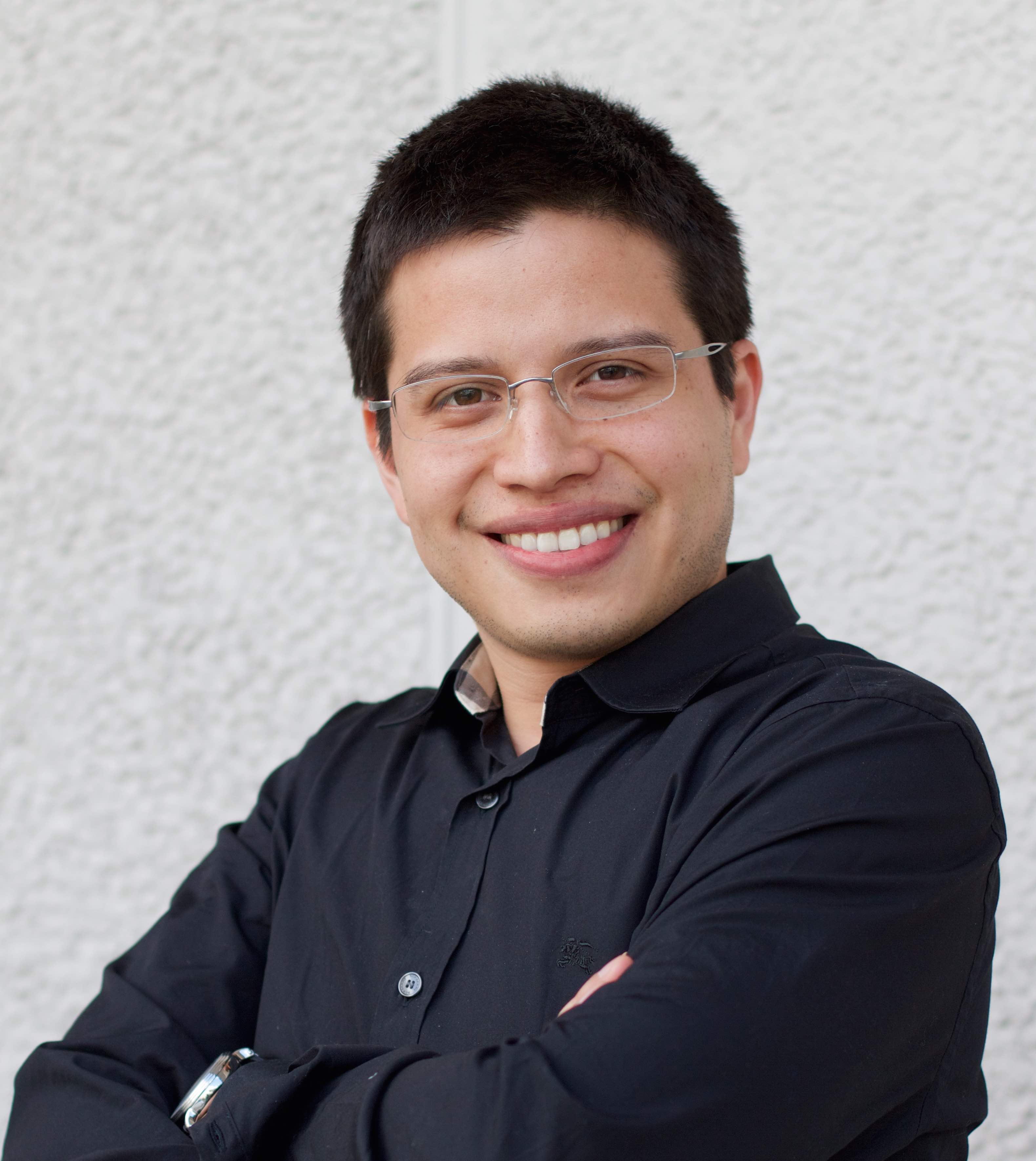 Abstract: In this talk, a review of recent advancements on simultaneous information and energy transmission (SIET) is presented. More specifically, SIET refers to communication systems in which a set of transmitters aim to simultaneously carry on two tasks: information transmission to a set of information receivers (IRs); and energy transmission to a set of energy harvesters (EHs). The performance of SIET is often measured by the information and energy transmission rates that can be simultaneously achieved under certain reliability constraints, e.g., decoding error probability (DEP) and energy shortage probability (ESP). The fundamental limits of SIET consist of the largest set of information and energy rates that can be simultaneously achie Abstract: In this talk, a review of recent advancements on simultaneous information and energy transmission (SIET) is presented. More specifically, SIET refers to communication systems in which a set of transmitters aim to simultaneously carry on two tasks: information transmission to a set of information receivers (IRs); and energy transmission to a set of energy harvesters (EHs). The performance of SIET is often measured by the information and energy transmission rates that can be simultaneously achieved under certain reliability constraints, e.g., decoding error probability (DEP) and energy shortage probability (ESP). The fundamental limits of SIET consist of the largest set of information and energy rates that can be simultaneously achie
Day: Wednesday November 21st
Hour: 11h00-12h45
Jan Sykora (Professor at CTU Prague, Czech Republic) Day: Wednesday November 21st
Hour: 8h45-10h30
Wireless Physical Layer Network Coding 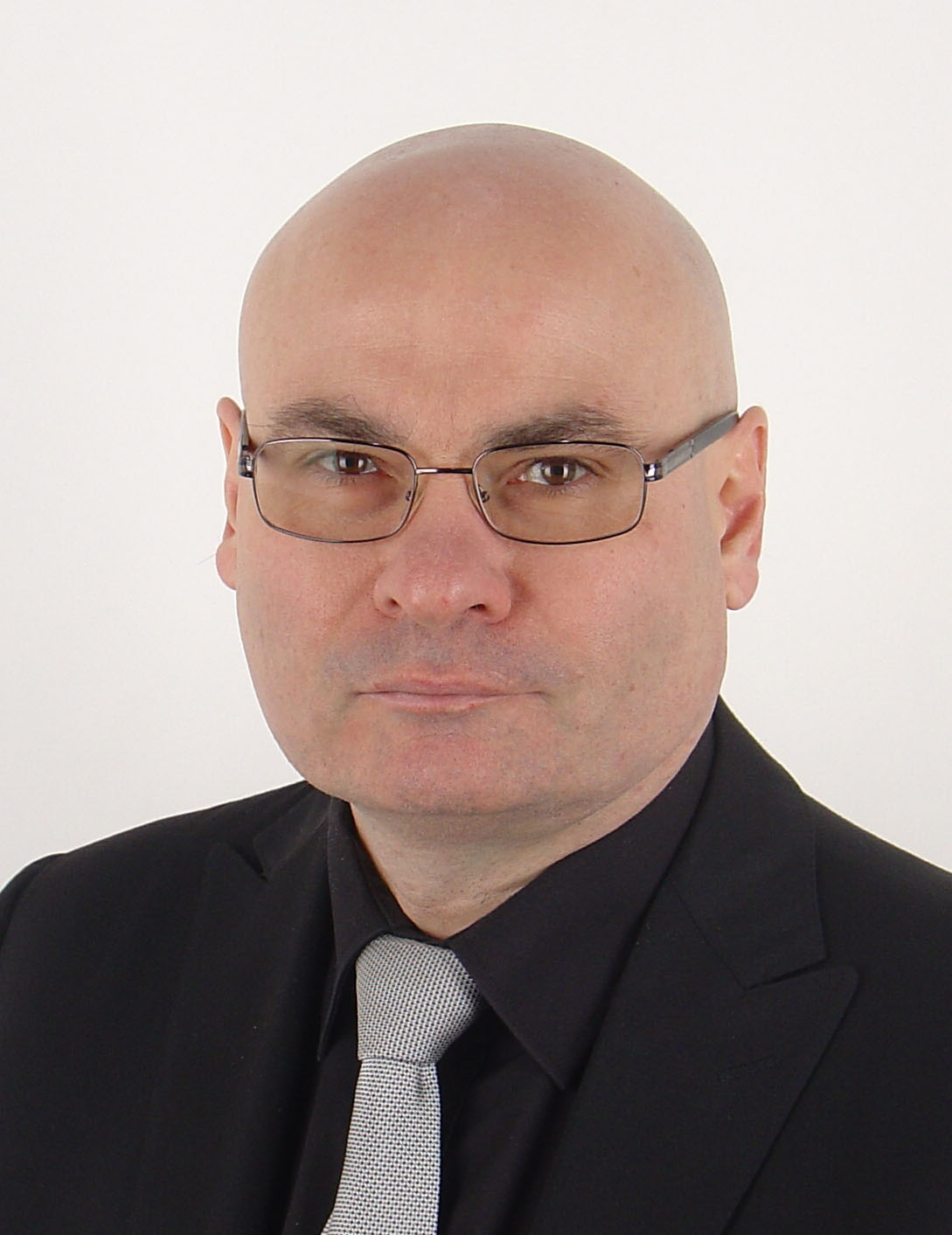 Abstract: We present a fresh approach for designing more efficient and cooperative wireless communications networks. It is based on network-aware coding strategy that exploits the signal interactions that occur in dense wireless networks directly at the waveform level. We establish a consistent framework for wireless physical layer network coding (WPNC) strategies. It covers a design of Network Coded Modulation, a range of WPNC techniques such as Noisy Network Coding, Compute and Forward, and Hierarchical Decode and Forward, and explains how WPNC can be applied to parametric fading channels, frequency selective channels, and complex stochastic networks. Abstract: We present a fresh approach for designing more efficient and cooperative wireless communications networks. It is based on network-aware coding strategy that exploits the signal interactions that occur in dense wireless networks directly at the waveform level. We establish a consistent framework for wireless physical layer network coding (WPNC) strategies. It covers a design of Network Coded Modulation, a range of WPNC techniques such as Noisy Network Coding, Compute and Forward, and Hierarchical Decode and Forward, and explains how WPNC can be applied to parametric fading channels, frequency selective channels, and complex stochastic networks.Marco Di Renzo (Research Scientist at CNRS, France) Day: Wednesday November 21st
Hour: 11h00-12h45
Stochastic Geometry Modeling and Optimization of Cellular Networks – Bridging Accuracy and Complexity 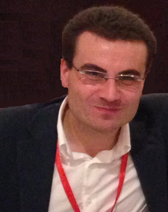 Abstract: In the past few years, there have been many efforts to develop analytical methodologies for optimizing very ultra-dense networks, especially by using the mathematical tools of stochastic geometry and point processes. At the time of writing, however, we have understood that many proposed approaches have (at least one of the) two main limitations that make them unsuitable for optimizing cellular networks: Abstract: In the past few years, there have been many efforts to develop analytical methodologies for optimizing very ultra-dense networks, especially by using the mathematical tools of stochastic geometry and point processes. At the time of writing, however, we have understood that many proposed approaches have (at least one of the) two main limitations that make them unsuitable for optimizing cellular networks:
In this talk, I will describe two recent approaches that I have recently proposed to overcome the two limitations mentioned above:
In the first paper, I have introduced a new analytical formulation of the coverage probability that I proved to be accurate and suitable for system-level optimization. In the second paper, I have introduced a new approach based on the theory of inhomogeneous Poisson point processes for modeling and analyzing communication networks with spatial correlations (either attractive or repulsive). Laurent Clavier (Professor at IMT-Lille/Douai,France) & Malcolm Egan (Professor at Université de Lyon, INSA Lyon, France) Day: Wednesday November 21st & Thursday November 22nd
Hour: 14h00-15h45 & 8h45-10h30Interference in IoT Networks 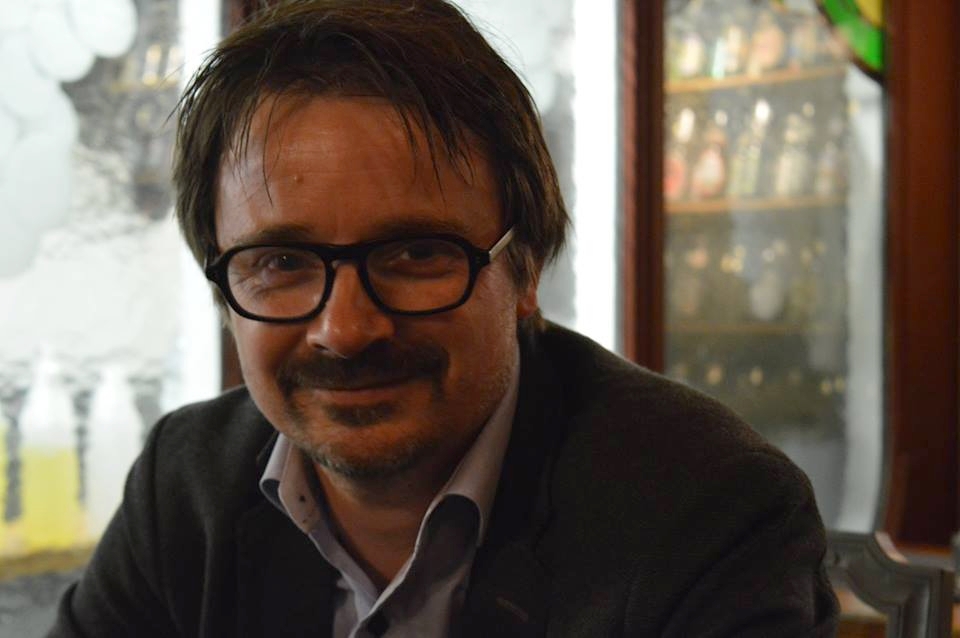 Abstract: Internet of Things (IoT) has seen a proliferation of technologies that use a large variety of protocols. An ongoing challenge is how these networks can coexist given that they have different power levels, symbol periods, and channel access strategies. One important consequence arising from this heterogeneity and the large scale nature of these networks is non-Gaussian interference. In this lecture, we present a powerful statistical framework to model interference in IoT networks, especially when the amount of data to transmit is small. The first part of the lecture will introduce statistical models for the interference, which can capture new features such as impulsiveness arising from rapidly changing active transmitter sets. Using stochastic geometry modeling, we will derive the interference statistics in the IoT setting, with a focus on -stable models. This will form a basis for analysis of fundamental information theoretic limits in the resulting communication channels. The second part of the lecture will address receiver design in impulsive noise. Starting from standard approaches in Gaussian noise, we will show how impulsive noise affects the design and what robust approaches can be proposed to remain efficient in non-Gaussian settings. The lecture will end with a discussion on the dependence structure of interference vectors that can arise in the case of transmissions using multiple time-frequency resources, copulas being an important statistical tool to address this issue. Abstract: Internet of Things (IoT) has seen a proliferation of technologies that use a large variety of protocols. An ongoing challenge is how these networks can coexist given that they have different power levels, symbol periods, and channel access strategies. One important consequence arising from this heterogeneity and the large scale nature of these networks is non-Gaussian interference. In this lecture, we present a powerful statistical framework to model interference in IoT networks, especially when the amount of data to transmit is small. The first part of the lecture will introduce statistical models for the interference, which can capture new features such as impulsiveness arising from rapidly changing active transmitter sets. Using stochastic geometry modeling, we will derive the interference statistics in the IoT setting, with a focus on -stable models. This will form a basis for analysis of fundamental information theoretic limits in the resulting communication channels. The second part of the lecture will address receiver design in impulsive noise. Starting from standard approaches in Gaussian noise, we will show how impulsive noise affects the design and what robust approaches can be proposed to remain efficient in non-Gaussian settings. The lecture will end with a discussion on the dependence structure of interference vectors that can arise in the case of transmissions using multiple time-frequency resources, copulas being an important statistical tool to address this issue.Maël Le Treust ( Research Scientist at CNRS, France) Day: Thursday November 22th
Hour: 11h00-12h45
Strategic Communication and Persuasion 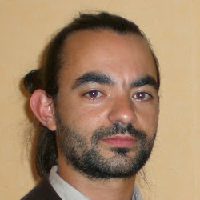 Abstract: What information one has to transmit when the receiver has a different objective from the sender ? Originally in the Economics literature, the problem of ``Strategic Communication'' arises in decentralized networks when the users are considered as players, that choose autonomously a transmission scheme in order to maximize their own utility function. The key difference with conventional communication paradigm is that the meaning of the information symbol has to be considered carefully. Indeed, each information might have a different impact on the utility functions of the users, hence it has to be compressed and transmitted accordingly. Instead of ensuring reliable transmission, the goal of the encoder is to manipulate the posterior beliefs of the decoder in order to influence its action. We provide a unified approach to this problem by generalizing the Rate-Distortion results in Information Theory and the Persuasion results in Game Theory. By using the tool of ``Empirical Coordination'', we characterize the optimal ``Strategic Communication’’ in terms of a concavification over the space of the posterior beliefs, under a mean entropy constraint. Abstract: What information one has to transmit when the receiver has a different objective from the sender ? Originally in the Economics literature, the problem of ``Strategic Communication'' arises in decentralized networks when the users are considered as players, that choose autonomously a transmission scheme in order to maximize their own utility function. The key difference with conventional communication paradigm is that the meaning of the information symbol has to be considered carefully. Indeed, each information might have a different impact on the utility functions of the users, hence it has to be compressed and transmitted accordingly. Instead of ensuring reliable transmission, the goal of the encoder is to manipulate the posterior beliefs of the decoder in order to influence its action. We provide a unified approach to this problem by generalizing the Rate-Distortion results in Information Theory and the Persuasion results in Game Theory. By using the tool of ``Empirical Coordination'', we characterize the optimal ``Strategic Communication’’ in terms of a concavification over the space of the posterior beliefs, under a mean entropy constraint. |


